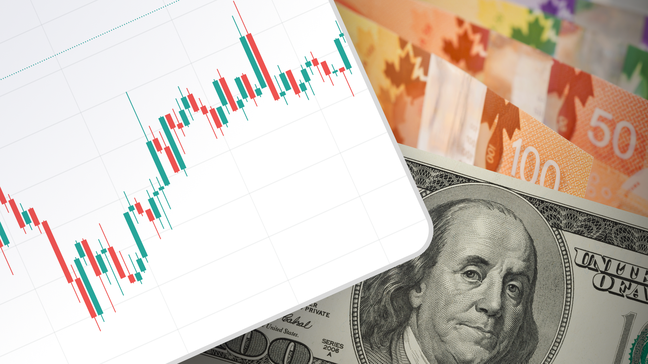The risk complex remains dicey early Wednesday, after witnessing sour sentiment the previous day, as market players prepare for this week’s key data/events. Apart from the pre-data anxiety, geopolitical tensions in the Middle East and mixed signals from China also test the market’s previous bias suggesting a delay in the rate cuts from top-tier central banks including the US Federal Reserve (Fed) and the European Central Bank (ECB).
With this, the USD Index (DXY) rose to the highest in 1.5 months while crossing the 103.00 threshold before retreating to 103.40 whereas the Dow Jones printed the first daily loss in four and the Asia-Pacific shares edged lower.
As a result, the EURUSD dropped to a six-week low and the GBPUSD also welcomed bears for a day. Further, AUDUSD and NZDUSD remain dicey at multi-day lows while USDJPY lacks bullish momentum.
Further, Oil prices lack bullish momentum despite a heavy draw in the weekly inventories, especially amid the risk-off mood, which in turn prods the USDCAD bears due to Canada’s heavy reliance on energy imports. Also, Gold remains lackluster within a 1.5-month-old symmetrical triangle, funneling down to the breakout region.
Elsewhere, BTCUSD and ETHUSD dropped to fresh monthly lows as crypto traders prepare for Ethereum ETF approvals with a pinch of salt.
Following are the latest moves of the key assets:
- Brent oil prints mild gains around the $80.00 round figure after a lackluster day, waiting for the global PMIs.
- Gold price struggles for clear directions near $2,030, up 0.05% intraday at the latest.
- USD Index retreats from a six-week high to 103.30 as we write.
- Wall Street closed mixed and the Asia-Pacific stocks edged lower amid thin trading presence. That said, equities in the UK and Europe appear mildly bid during the initial hour.
- BTCUSD prints minor gains to pare recent losses near $40,000 while ETHUSD posts mild gains while bouncing off a three-week low to $2,230.
Traders await the key data/events…
The firmer US Treasury bond yields and the risk-off mood pushed the DXY higher the previous day even as the eight-month low of the US Richmond Manufacturing Index joined the market’s reassessment of Federal Reserve (Fed) bias to challenge the Greenback at a six-week high. Additionally, downbeat Eurozone Consumer Confidence for January and a banking survey from the European Central Bank (ECB) marking one more quarterly reduction in the loan demand contributed to the Euro’s (EUR) weakness, which in turn favored the US Dollar bulls.
Furthermore, the US military struck Iran-backed militants from the Kataib Hezbollah group and escalated the Middle East tensions. On the same line was news that the US and British aid workers were asked to leave Yemen. On the same line, China takes qualitative measures to tame the stock rout by pushing insurers and hedge funds towards restricting short-selling equities and stock index futures. The news spread fears across the major markets but struggles to defend the US Dollar bulls of late.
- Strong buy: USDCAD, USDJPY
- Strong sell: Crude Oil, US Dollar, GBPUSD
- Buy: BTCUSD, ETHUSD, Nasdaq, Gold
- Sell: DAX, FTSE 100, BTCUSD, AUDUSD, EURUSD
PMIs, BoC in the spotlight…
Looking forward, the first readings of January’s PMIs from Germany, the Eurozone, the UK and the US will entertain traders along with the Bank of Canada (BoC) monetary policy. While most of the PMIs are likely to remain downbeat, except for the US data, the risk aversion and the US soft landing concerns will help bolster the market’s bias about the delay in the Fed’s rate cuts, which in turn will underpin the US Dollar’s run-up. However, any negative surprise from the US data won’t hesitate to trigger the much-awaited pullback of the Greenback, especially when the traders want to better prepare for next week’s FOMC monetary policy meeting. It should also be noted that the BoC is likely to keep the interest rates unchanged and may allow the Canadian Dollar (CAD) to pare recent losses unless the US Dollar rises more and the BoC officials advocate a dovish stance.
May the trading luck be with you!




